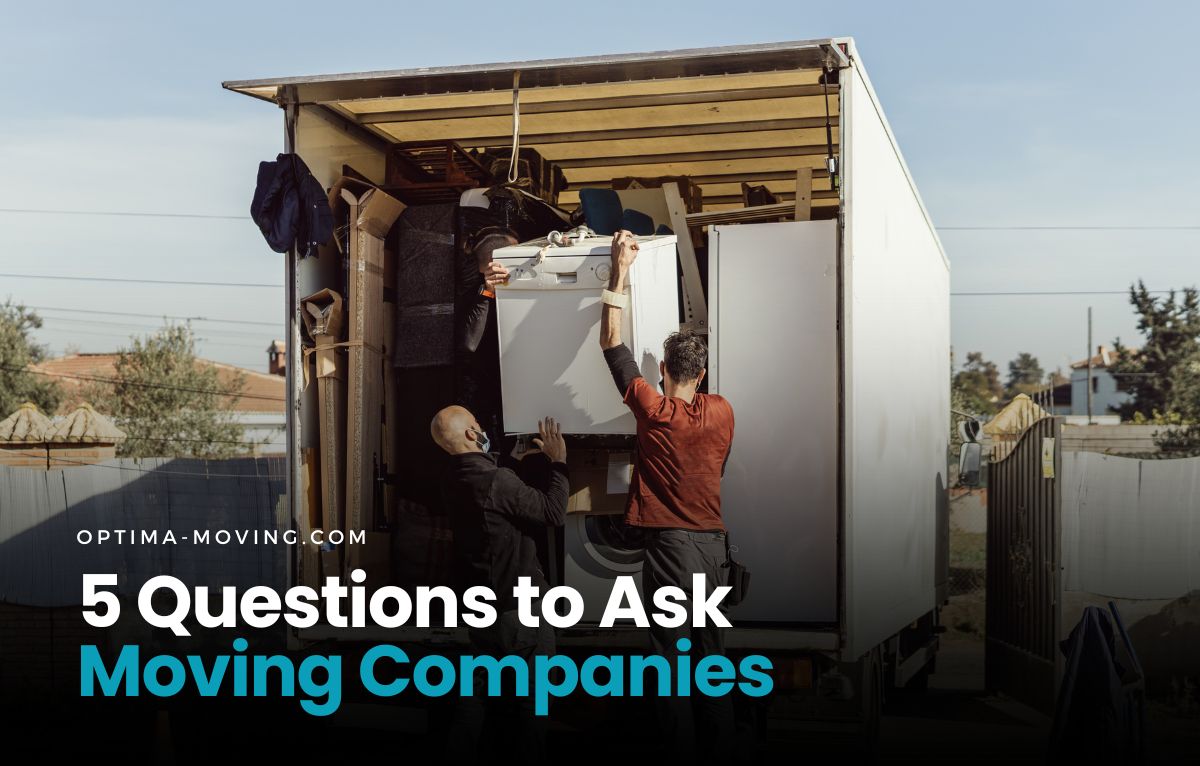Moving a shed can feel overwhelming at first. These structures are heavy, awkward to lift, and often sit on foundations that make them tricky to shift.
If you’re thinking about tackling this project, you might be asking yourself how to move a shed without damaging it—or your back.
The good news is that with proper preparation, the right tools, and clear steps, relocating a shed is possible.
earn practical tips for moving your shed safely, plus when it might be smarter to call in professionals.
Should You Move or Rebuild?
Before you figure out how to move a shed, ask yourself if the move makes sense. Some sheds are so old or damaged that rebuilding may be easier than moving.
Inspect the walls, roof, and floor. If the structure is leaning, rotting, or falling apart, relocation might cost more effort than it’s worth.
On the other hand, if your shed is solid, moving it can save you the time and expense of buying a new one.
Preparing Your Shed for the Move
Preparation is the first step. A shed filled with tools, lawn equipment, and storage boxes will be too heavy to budge.
Empty it completely. If shelving or hooks are installed inside, consider removing them to lighten the load and prevent damage.
Next, look at the area around the shed. Clear away fences, plants, or debris that might get in the way. If you’ll be moving the shed across your yard, check for slopes or soft ground that could make rolling it difficult.
For long-distance relocation, you’ll also need to plan for transport, which usually requires a trailer.
It also helps to map out your path in advance. Knowing where you’re going prevents last-minute surprises and ensures the shed doesn’t end up stuck halfway through the move.
Tools You’ll Need
You don’t need high-end construction equipment, but a few key items make the process much smoother. Basic tools often include:
- A sturdy jack to lift the shed slightly off the ground
- PVC pipes, metal bars, or heavy-duty rollers to move the shed across flat ground
- A trailer or flatbed if the shed is being moved to a new property
Safety gear is just as important. Gloves, steel-toed boots, and a few strong helpers reduce the risk of injury.
Moving a Shed Across Your Yard
For short distances, homeowners often use rollers. The process works a bit like moving a heavy piece of furniture.
Lift the shed gently with a jack, slide pipes or rollers underneath, then push it forward while moving the rollers from back to front. Keep movements slow and steady to avoid tilting.
If the shed is on a foundation, you may need to detach it first. This could mean unscrewing anchors or breaking loose concrete blocks. Be patient here—forcing the shed free too quickly can cause structural cracks.
Transporting a Shed to a New Property
If you’re wondering how to move a shed from one property to another, the process involves more logistics. After detaching it from the foundation and lifting it safely, you’ll need to load it onto a trailer.
This usually requires winches or ramps, and sometimes partial disassembly depending on the shed’s size.
Road travel adds another challenge. Sheds that are taller or wider than a trailer may require permits or even professional equipment. It’s important to measure carefully before committing to a move.
Common Mistakes to Avoid
Plenty of shed moves fail because of avoidable errors. Some of the most common mistakes include:
- Not emptying the shed first. A shed filled with tools or supplies becomes dangerously heavy.
- Skipping safety gear. Gloves and boots prevent crushed fingers and toes.
- Rushing the process. Tilting or forcing a shed can damage the frame.
- Ignoring the ground surface. Mud or slopes can cause rollers to sink or slip.
Planning ahead saves you from unnecessary setbacks.
When to Call Professionals
DIY shed moves are possible for smaller structures, but large or heavy sheds can put you at risk. If your shed is oversized, anchored into concrete, or needs to be moved a long distance, professional movers are the safer choice.
A team with experience, equipment, and trucks can handle the job faster and with less risk of damage.
Hiring professionals also reduces stress. Instead of worrying about cracked walls, broken floors, or injured helpers, you can rely on trained staff to manage every step.
Professional movers often carry insurance as well, which adds an extra layer of protection for your property. In many cases, this can make the cost of hiring experts worthwhile compared to repairing damage from a failed DIY attempt.
Make sure to choose companies that specialize in handling bulky items. They not only have the tools but also the trained staff to lift, load, and transport sheds with care.
For many homeowners, this route provides peace of mind and saves time.
Make Your Shed Move Stress-Free
Learning how to move a shed takes planning, patience, and the right equipment. For short yard relocations, basic tools and some helping hands may be enough.
For longer moves, careful preparation and possibly professional assistance are key. By avoiding common mistakes and assessing your shed’s condition ahead of time, you’ll reduce the chance of damage and stress.
If you want to make the process easier, reach out to Optima Moving. Their team has the expertise to safely move sheds and other large structures, giving you a smooth experience from start to finish.
With the right support, relocating your shed doesn’t have to be a frustrating project—it can be a simple, successful move.




